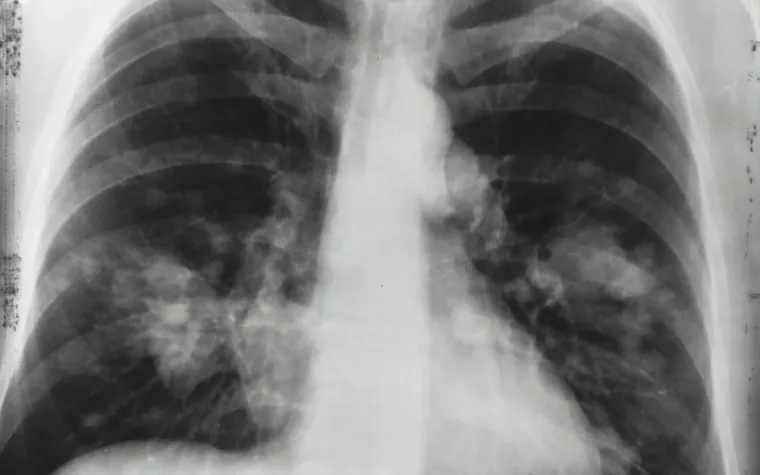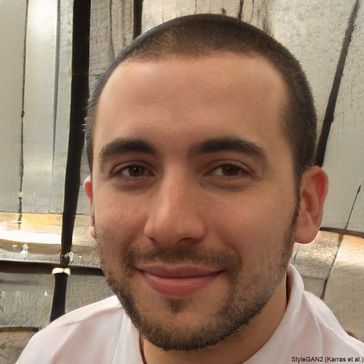Chronic Obstructive Pulmonary Disease (COPD) is a progressive lung condition that makes breathing difficult and worsens over time. It includes conditions like emphysema and chronic bronchitis, leading to symptoms such as shortness of breath, coughing, and wheezing. Managing COPD requires a combination of treatments to improve lung function, relieve symptoms, and enhance quality of life.Understanding these treatment options helps patients take control of their health and improve daily functioning.
Understanding COPD and Its Treatment Goals
COPD is a chronic lung disease characterized by airflow obstruction and inflammation. The primary goals of COPD treatment are to relieve symptoms, slow disease progression, prevent complications, and enhance quality of life. Treatment approaches vary based on disease severity and individual patient needs.
Since COPD is often caused by smoking or long-term exposure to harmful air pollutants, quitting smoking and avoiding lung irritants are critical first steps in managing the disease. Beyond lifestyle modifications, medical interventions play a vital role in improving breathing and reducing exacerbations.
Medications for COPD
Medications are a key part of COPD treatment, helping to open airways, reduce inflammation, and manage symptoms. Common COPD medications include:
1. Bronchodilators
These medications help relax airway muscles and improve airflow. They can be short-acting for immediate relief or long-acting for sustained symptom control.
- Short-acting bronchodilators: Albuterol, Ipratropium (used during flare-ups or for quick relief)
- Long-acting bronchodilators: Salmeterol, Tiotropium (used daily to maintain open airways)
2. Corticosteroids
Inhaled corticosteroids reduce airway inflammation and are often used in combination with bronchodilators for moderate to severe COPD.
- Common examples: Fluticasone, Budesonide
3. Combination Inhalers
Many COPD patients benefit from inhalers that combine bronchodilators and corticosteroids for better symptom control.
- Examples: Symbicort, Advair, Trelegy
4. Phosphodiesterase-4 (PDE-4) Inhibitors
For severe COPD with chronic bronchitis, medications like Roflumilast (Daliresp) help reduce lung inflammation.
5. Mucolytics
These medications thin mucus, making it easier to clear from the airways. They are useful for patients with excessive mucus production.
Oxygen Therapy for COPD
Oxygen therapy is prescribed for patients with low blood oxygen levels, a common issue in advanced COPD. It helps:
- Improve breathing efficiency
- Reduce strain on the heart
- Enhance energy levels and mental clarity
Patients may use oxygen therapy continuously or only during physical activity or sleep, depending on their needs.
Lifestyle Changes and Self-Care
Making healthy lifestyle changes is crucial for managing COPD and preventing exacerbations. Key recommendations include:
1. Quit Smoking
Smoking cessation is the most effective way to slow COPD progression. Support options include nicotine replacement therapy, prescription medications, and counseling programs.
2. Stay Active
Regular physical activity strengthens respiratory muscles, improves circulation, and boosts overall health.
3. Eat a Balanced Diet
A nutritious diet supports lung function. COPD patients should focus on high-protein foods, limit processed sugars, and stay hydrated to keep mucus thin.
4. Avoid Respiratory Infections
COPD patients are more vulnerable to infections, so vaccinations for flu and pneumonia are essential. Hand hygiene and avoiding sick individuals also help reduce risk.
Surgical and Advanced Treatment Options
For patients with severe COPD who don’t respond well to standard treatments, surgical interventions may be an option:
1. Lung Volume Reduction Surgery (LVRS)
Removes damaged lung tissue to improve breathing efficiency.
2. Bullectomy
Removes large air-filled spaces (bullae) that interfere with normal lung function.
3. Lung Transplant
In extreme cases, lung transplantation is considered when other treatments fail.
Emerging Treatments and Research
Researchers are continuously exploring new COPD treatments, including:
- Stem cell therapy: Investigating the potential for lung tissue regeneration
- Targeted biologic therapies: Developing drugs that specifically reduce inflammation in COPD
- Gene therapy: Exploring genetic approaches to slow disease progression
These advances offer hope for more effective COPD management in the future.
Conclusion
While COPD is a progressive disease, a combination of medical treatments, lifestyle changes, and rehabilitation programs can significantly improve quality of life. Early diagnosis and a proactive approach to managing symptoms can help patients breathe easier and maintain independence. Consulting with a healthcare provider to determine the best treatment plan ensures optimal COPD care.

